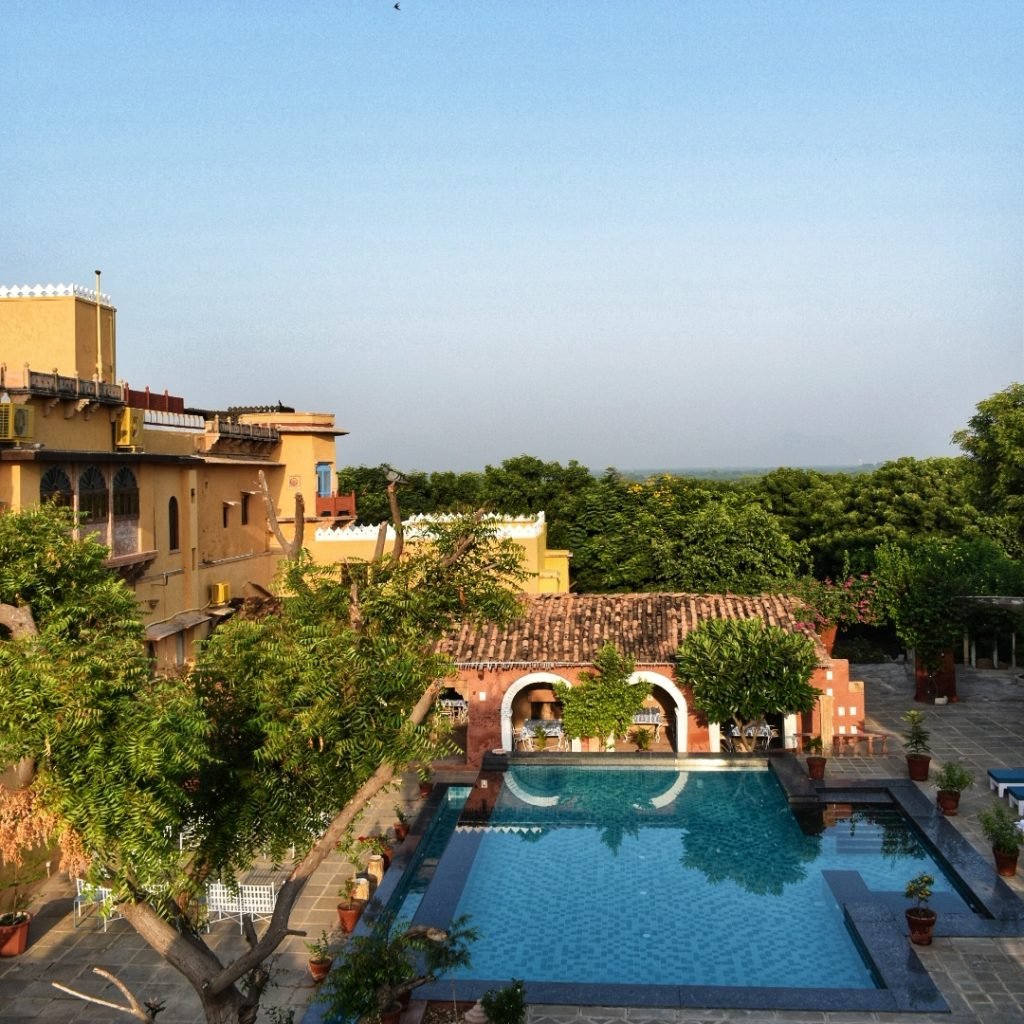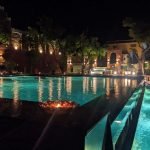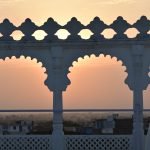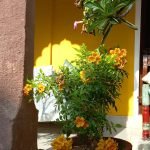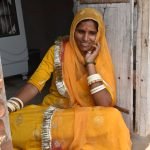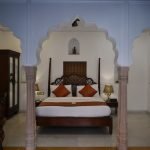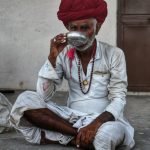A window on a unique world.
There’s something different about Chanoud village. You can’t quite pRARE Hotel.ut your finger on at first but slowly it starts to unfold. You first notice how remarkably clean it is, then that the locals are the friendliest bunch who smile and wave and practically insist on having their photo’s taken, and then that there are hardly any cows.
Cow numbers are increasing throughout India and, once they have no value to a family, are set free. They then sleep on the roads, eat crops, eat cardboard and plastic and generally have a miserable life.
I wanted to know how Chanoud had managed this problem, so I set out to find out.
It turns out that there is a large and very well-run gaushala or, ‘home for stray and unwanted cows.’ This one gaushala started by the community housed 430 cows last year and this year numbers have gone up to 540. What started out as a small shelter is now a major concern with 2 huge food storage sheds, a field for the bulls, a field for the ‘naughty bulls,’ a pen for the calves where mothers join when they come back from a day’s grazing. Apart from keeping the cows off the roads and out of villages and crops, it also provides employment for some the Rabari (cattle herders) of the region. Having had several discussions about the numbers of cows now on the roads in India throughout this journey, it was surprising but wonderful to see something being done in one place at least. That’s perhaps too much focus on something not exactly on a normal tourist trail, but bear with me.
On the village walk we also discover that in 2004 the govt installed running water in all the houses, now the women don’t have to walk to the lake or well each day and each house also has electricity. In addition, there’s an animal hospital, a hospital, a school.
It struck me that the govt is doing a lot here. So, what makes this village so special, when not a lot seems to be being done elsewhere? I know enough to know when to pry, to ask the obvious questions in a very Yorkshire fashion and to take evasiveness as confirmation. If there’s nothing else I’ve learnt in India, it’s that! And it boils down to guidance and support of the family whose ancestral home the village sits around. A home, which is almost as, okay, to be fair, possibly more special than the village itself.
There are many heritage properties around India, but few have been restored in such a way as to truly give a sense of how it must have been to have lived there when it was originally conceived. But the family here have created just that. Using original features, restoring the multiple shady courtyards, whilst keeping jharokhas, original balconies, huge rooms with original features and leaving some areas as they were (well, cleaned up a bit) for true authenticity, to walk into Chanoudgarh is to step back in time.
Houses such as these were designed with the climate, and aspect in mind, and so sunlight floods in through the breakfast room windows, large terraces provide opportunity for sitting in the winter sun, and shady courtyards with a profusion of plants and running fountains provide a respite from the summer heat. Well-placed pots of jasmine provide the gentle scents of India as you climb a staircase, flashes of brilliant bougainvillea provide colour and bird boxes in walls, providing refuge to parakeets and owls and the family dogs welcome you each morning. Rajasthan loves colour and this is a profusion of colour and culture, it is bright, almost vibrant in places, yet and elegant and homely without being either garish, or unnecessarily chic. Naturally there have been some modern additions, beds which are huge, bathrooms you could hold a party in, and rooms are never just a simple bedroom with ensuite. I refuse to say more.
Activities include the afore mentioned village walk, the locals love it more than you do, if that’s possible; jeep safaris to explore and learn about the surroundings, take you to sunset points, spotting local bird and wildlife along the way, we saw flamingos, sarus cranes (the worlds largest flying bird) and Nilgai. Each of these provides an opportunity to discover more about the region, stories of a colourful past, as well as the challenges its people, land and animals are facing for the future.
Of course, the rather new and rather spectacular new pool is a game changer. Situated in its own very pretty courtyard, surrounded by turrets and gables it is the perfect place for a dip or to rest and read a book. It’s also the perfect, dare one say, place for a romantic dinner?
This may now be a hotel, but it is truly a home, but one created with comfort and the entertaining of guests in mind. The family are around, three siblings who are involved but unobtrusive, a mine of information, helpful and charming when you want them to be but with the knack of knowing when to melt seamlessly away into a shady corner to allow you to explore or relax and enjoy your surroundings.
But chatting with your hosts, is a window not just into the past but also into the present and the future, beyond their home and into the village. As I discovered, the government is helping, but the villagers need guidance in getting that help. The family here are still very much regarded by the villagers as the ‘gentry,’ benevolent overseers who ensure that whether for water, electricity, hospitals, or indeed the installation of and running of a successful cow shelter the people know what is available to them and will help them ensure it is delivered.
In Chanoud, you’re not just a visitor – you’re part of an ongoing story of preservation and progress. It’s more than a stay; it’s a window into a world where the past, present, and future coexist.
Chanoudgarh is a RARE Hotel.
Contact Information
Phone: +91 982 866 9221, +91 998332 2955
Email: chanoudgarh@gmail.com
Website: https://chanoudgarh.com
Address: Village Chanod, MDR 105, Pali, Rajasthan 306602, India
To explore how we can work together:
WhatsApp +44 7966025330
Email: experiences@indianexperiences.com


